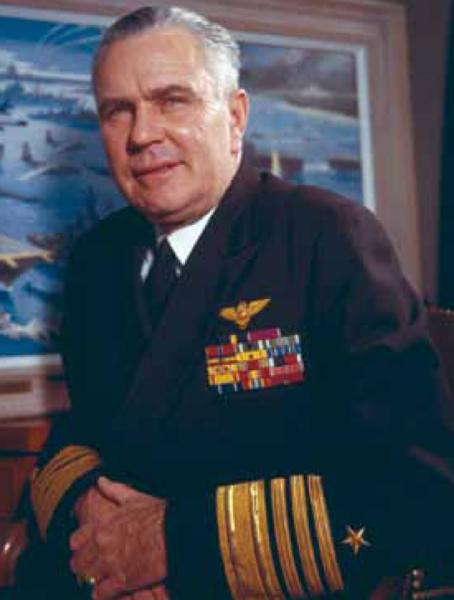
‘Mister President, the Navy Will Not Let You Down’
Naval History Magazine October, 2012 From manning quarantine lines to flying reconnaissance missions to preparing for an invasion, the U.S.…
Copyright 2024 U.S. Naval Institute. All Rights Reserved.